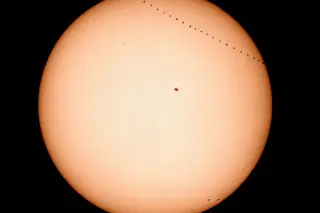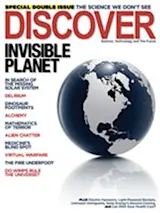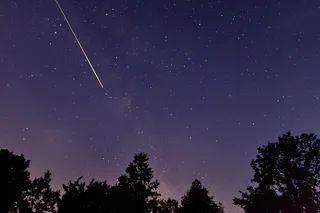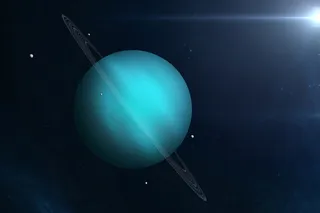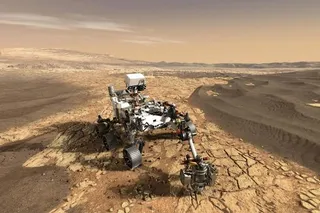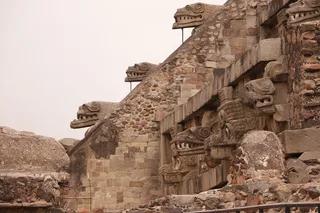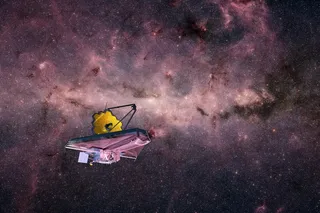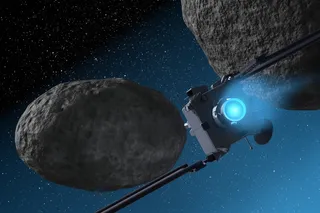The solar system is a crowded place. Everywhere we look there’s something zipping past: a handful of planets, a million asteroids, a trillion comets, countless bits of fluff and dust. With a big enough telescope and adequate time and patience, there is almost nowhere you can fix your eyes without seeing something.
Almost nowhere.
There is one puzzling region in our solar system that appears to be empty, even though it should easily be able to support thousands of objects in stable orbits. It is not far away; situated inside Mercury’s orbit, it is much closer to Earth than Jupiter ever gets. It is not poorly lit; the nearby sun blazes with fierce intensity. Nor is it a particularly small region, measuring millions of miles across. And yet no resident planet, asteroid, or what-have-you has been seen there.
A few determined astronomers—including Alan Stern, until recently the associate administrator for ...


